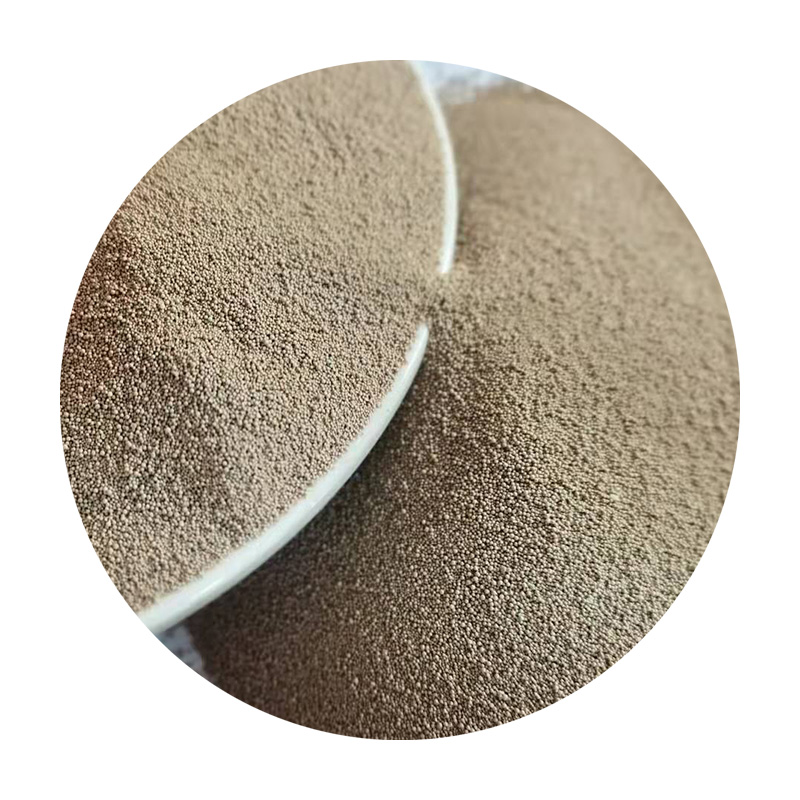The Art and Science of Sand Casting
Sand casting, a time-honored metal-forming technique, has been a staple in manufacturing processes for centuries, renowned for its versatility and cost-effectiveness. Rooted in ancient practices, this method employs sand as the primary molding material, allowing for the production of complex shapes and robust components. This article delves into the intricacies of sand casting, exploring its benefits, processes, and applications across various industries.
The Sand Casting Process
The sand casting process begins with the creation of a mold, which is typically composed of a mixture of sand, clay, and water. This mixture provides the necessary binding properties to hold the shape. The process can be broken down into several key steps
1. Pattern Making A pattern, representing the object to be cast, is created from materials such as wood, metal, or plastic. The pattern is slightly oversized to account for metal shrinkage during cooling.
2. Mold Preparation The sand mixture is packed around the pattern to form the mold. The pattern is then removed, leaving a hollow cavity that mirrors the desired object’s shape.
3. Core Making If the part requires internal cavities, cores made of sand are formed and placed within the mold.
4. Pouring Molten metal, heated to its liquid state, is poured into the prepared mold cavity. The metal fills the void and takes on the shape of the mold.
5. Cooling After pouring, the metal is allowed to cool and solidify, which typically takes several hours, depending on the size and thickness of the casting.
6. Mold Removal Once cooled, the sand mold is broken away to reveal the final cast part.
7. Finishing The cast part often undergoes trimming and surface finishing to remove any imperfections and achieve the desired surface quality.
sand cast

Advantages of Sand Casting
Sand casting offers several advantages that make it an attractive choice for manufacturers. Firstly, it accommodates a wide range of metals, including aluminum, iron, copper, and various alloys. This versatility allows engineers to select the best material for their specific needs.
Secondly, sand casting can produce large parts that would be difficult or impossible to create using other methods
. The ability to create intricate designs and complex geometries further enhances its appeal.Additionally, the process is cost-effective, especially for small production runs, as it does not require expensive tooling. The sand molds can often be reused, which helps to lower material costs and reduce waste.
Applications in Industry
The applications of sand casting span a broad spectrum of industries. In the automotive sector, it is used to manufacture engine blocks, transmission cases, and other critical components. The aerospace industry also benefits from sand casting for components that require high strength and lightweight properties.
Moreover, sand casting plays a crucial role in the construction industry, producing structural elements and decorative features in buildings. It is also employed in artistic endeavors, where artisans create unique sculptures and functional art pieces.
Challenges and Innovations
Despite its many advantages, sand casting is not without challenges. Variations in sand quality, moisture content, and molding techniques can lead to defects in the final product, such as porosity or dimensional inaccuracies. However, ongoing advancements in technologies, such as 3D printing, are helping to mitigate these issues by enabling more precise mold creation and better control over the casting process.
Conclusion
In summary, sand casting is a remarkable melding of art and science, offering a reliable method for creating high-quality metal parts with intricate designs. Its enduring legacy in various industries highlights its importance and adaptability in modern manufacturing. As technology evolves, the future of sand casting seems promising, ensuring that this ancient technique continues to thrive in a rapidly changing industrial landscape.
Post time:11 月 . 04, 2024 21:21
Next:super sand bond
